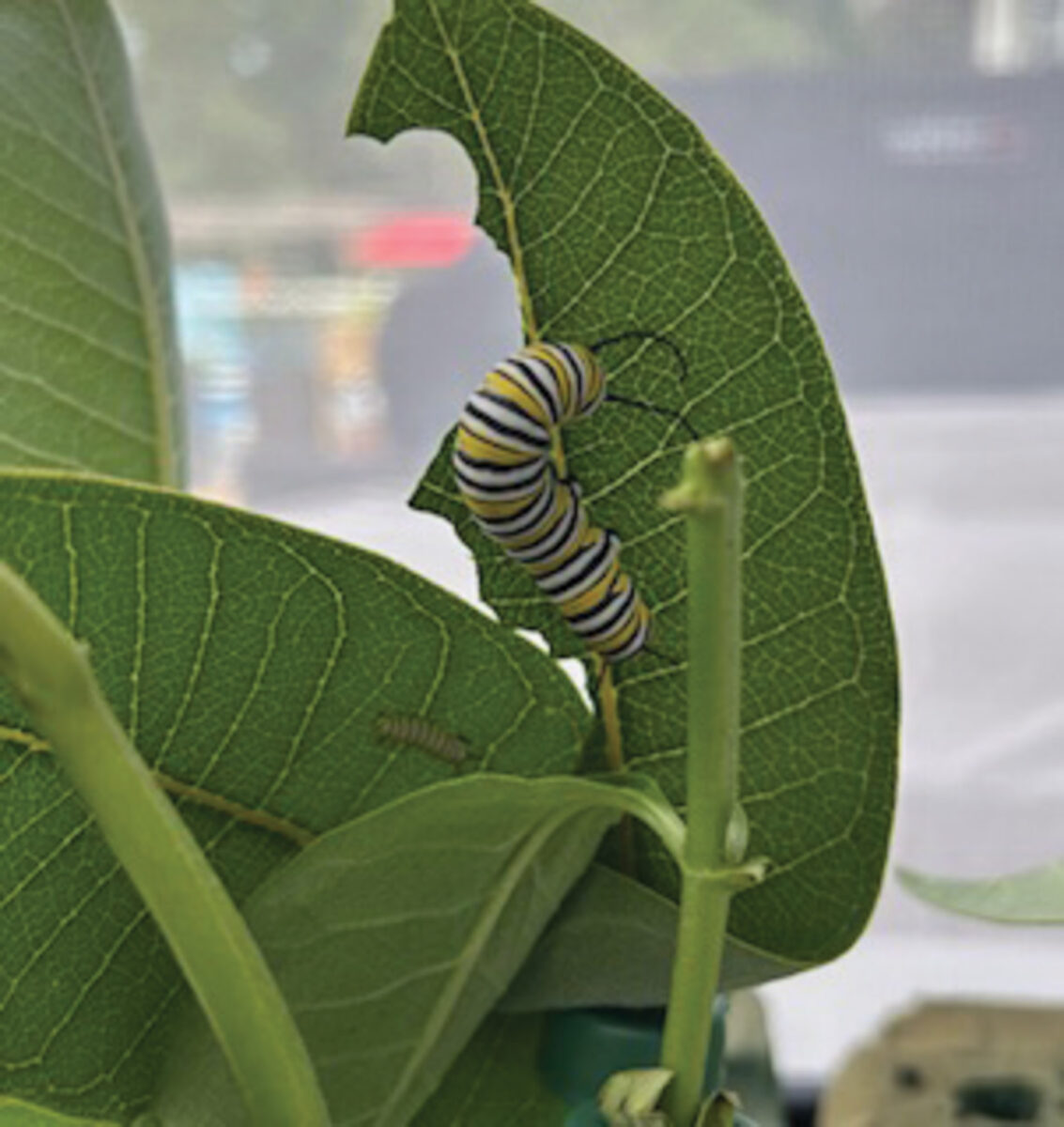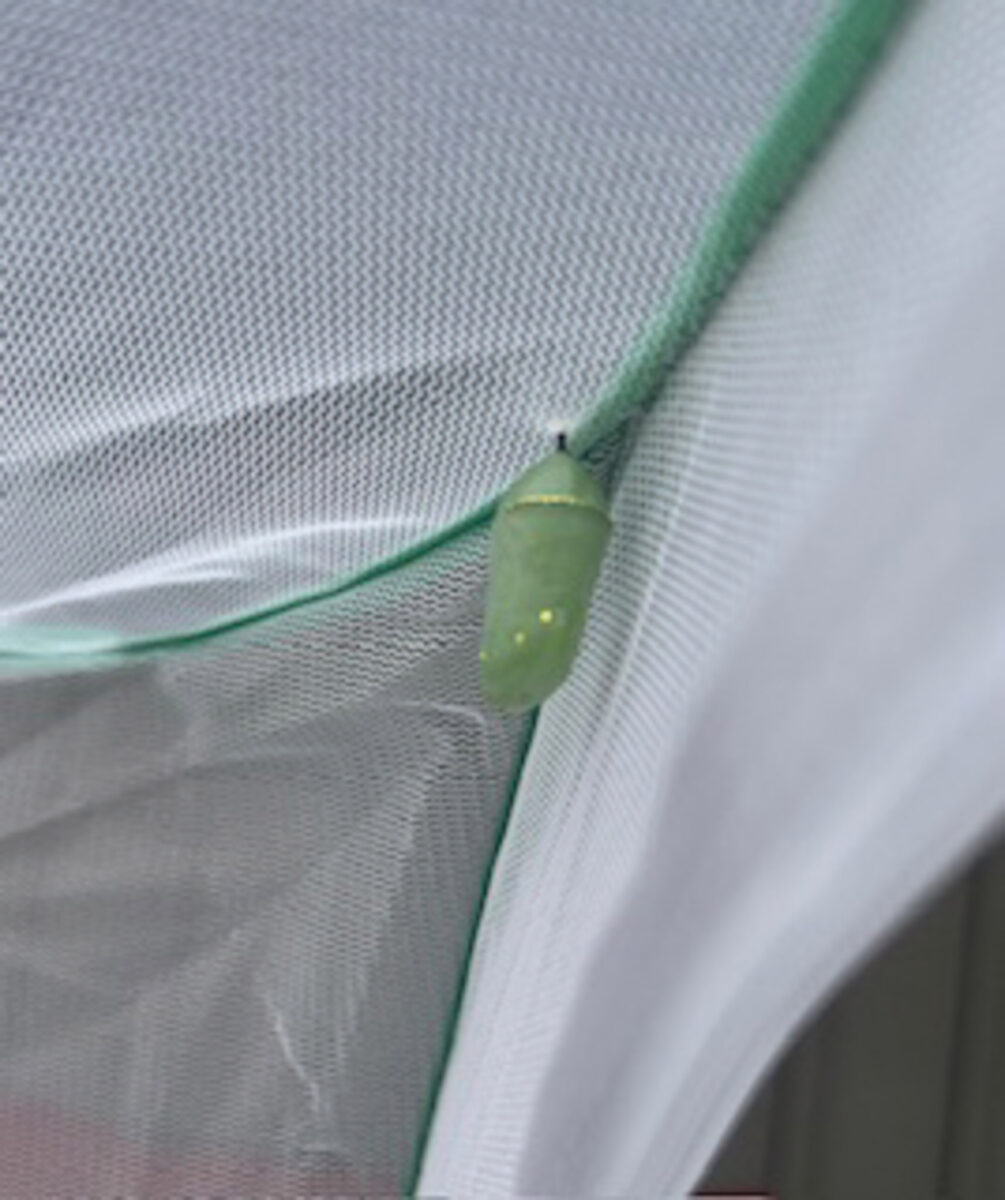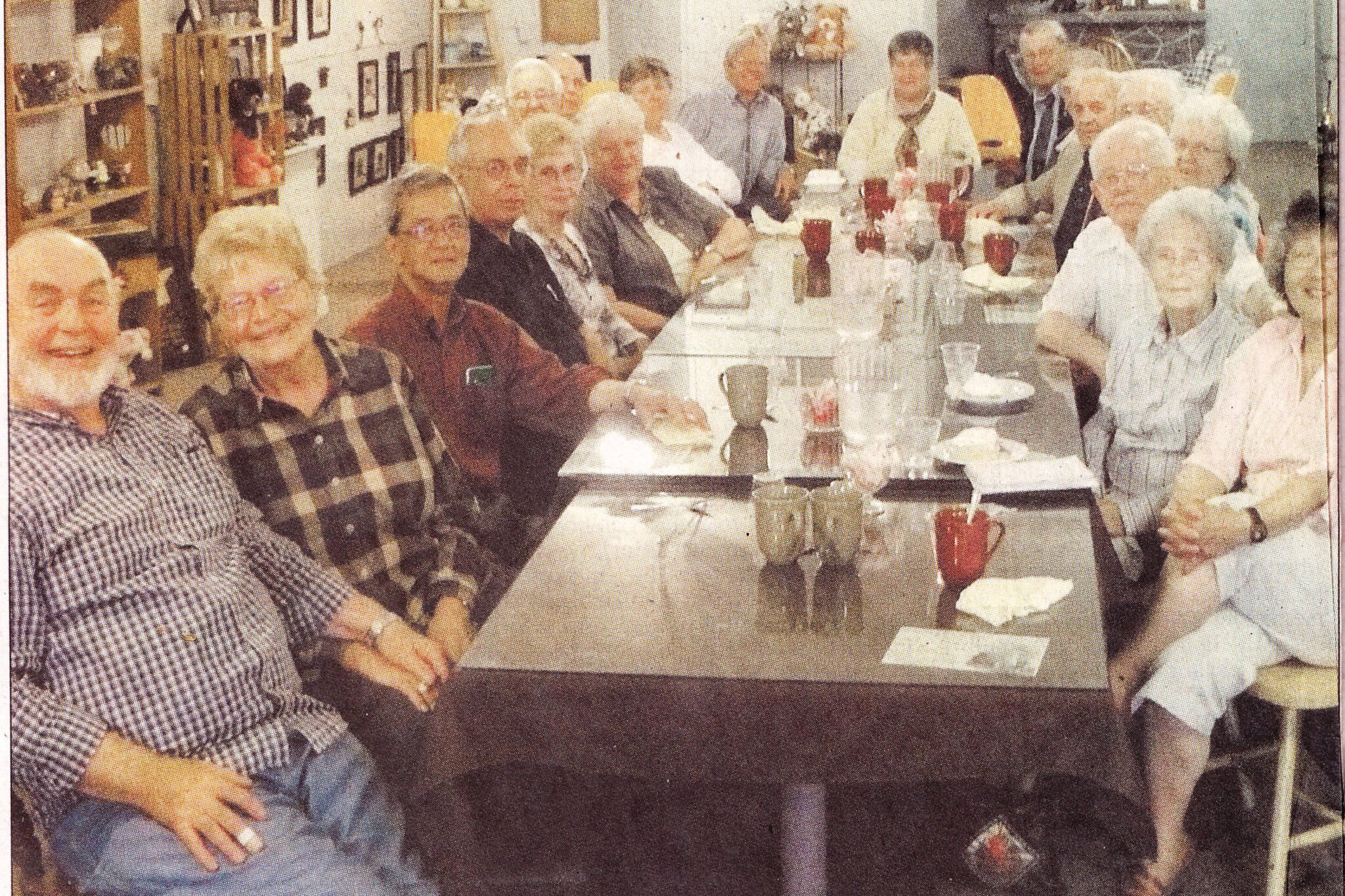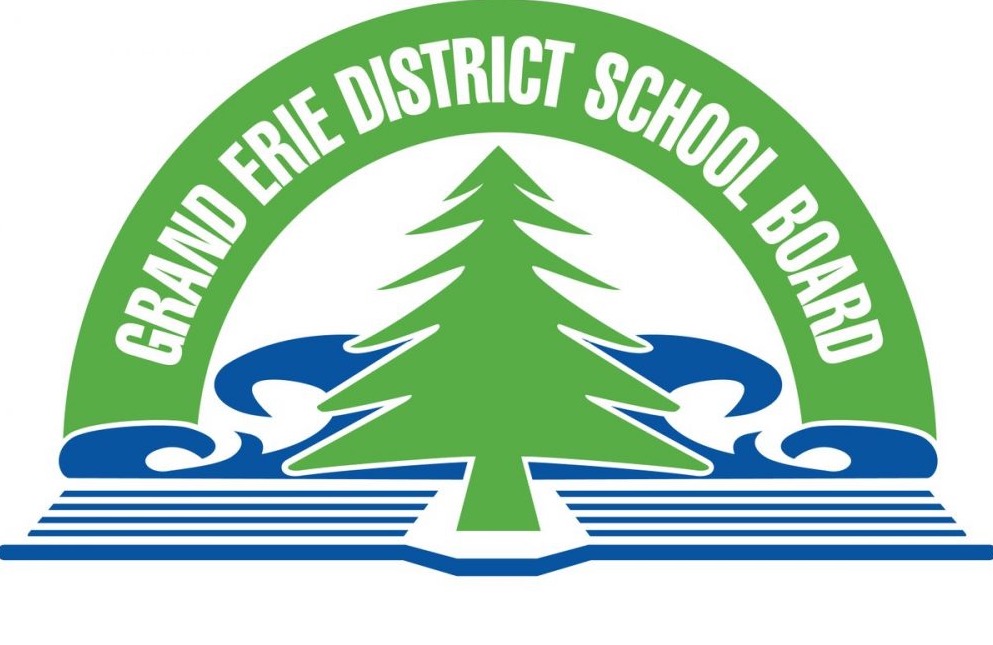Once a common summer sight, monarch butterflies are in decline around the globe and were labelled a species at risk by the Canadian government. However, local residents like Lee Creary are stepping up to do their small part, helping to reverse a troubling global trend one butterfly at a time.

By raising caterpillars on his rural property and releasing them back into the wild, Creary is not only reviving a treasured childhood memory of seeing fields full of monarchs, but he is also contributing to the health of the environment in his local community.

Inspired by like-minded friends and the simple sight of some caterpillars on milkweed last summer, Creary decided to try raising monarchs this year – a hands-on effort that has already seen several butterflies take flight.
“It was amazing,” said Creary of releasing the first one. “So far, we have released three males and two females with many chrysalises left.”
According to Environment and Climate Change Canada, monarch butterflies play a crucial environmental role as pollinators. While feeding on nectar, they transfer pollen between flowering plants, enabling seed and fruit production. Helping to protect or enhance monarch habitats thus supports biodiversity, ecosystem health, and Canada’s natural environment.
“I wanted to help them as they are endangered,” Creary explained. “I remember seeing a large number of monarchs when I was young and not much now.”
Creary started by purchasing and organizing needed items, including a net cage, large water tubes, and a stand to hold them in. Next comes the fun part.
“We find the leaf of milkweed that has the caterpillar and then move the leaf and caterpillar to the netted area,” said Creary, noting the importance of placing the leaf in water.
During the process Creary keeps the habitat clean, adding ample milkweed leaves for the little caterpillars to feed on.
“The caterpillars grow and shed their skin as they grow. They start as a white egg (very tiny) and grow from there,” he continued. “Once they have eaten enough, they usually crawl to the top of the net to attach and start the chrysalis process. This only takes a short time.”
That process lasts between 8-15 days, with the chrysalis turning darker, then opaque as the butterfly prepares to emerge.
“Males have a black dot near the bottom of both wings and females do not. Females have larger veins of black. Once they are out of the chrysalis, they hang and dry out their wings. Once they are dry, you can take them out and they will fly away,” said Creary.
He said his property, both rural and populated with milkweed that has grown in an old vegetable garden, is an ideal place for such a hobby.
While Creary sees his efforts as just a personal hobby, it’s small efforts like this that, when combined, can add up to big results.
Planting milkweed, creating pollinator-friendly gardens, or raising caterpillars at home all contribute to sustaining a species whose migration is one of nature’s great wonders.
Creary shared his simple philosophy behind the effort: “They are very good pollinators. It is said that their declining numbers could be from habitat loss and climate change. They are beautiful. Why not help, if you can?”





